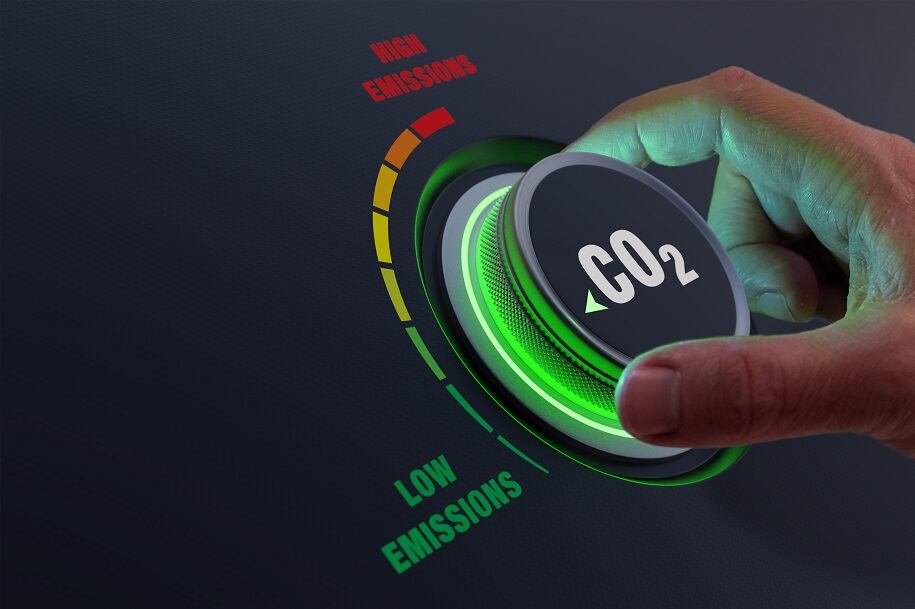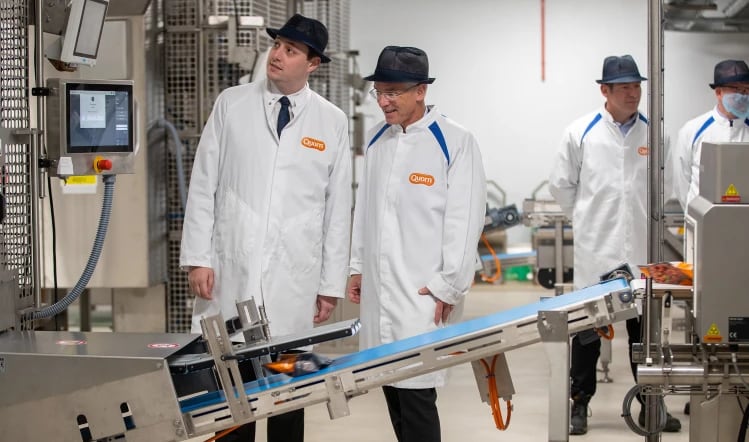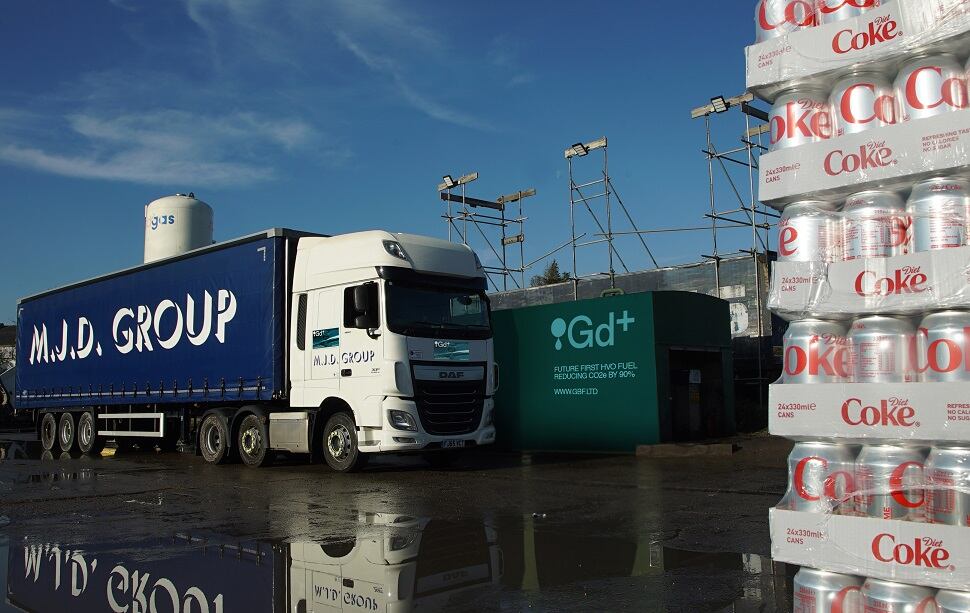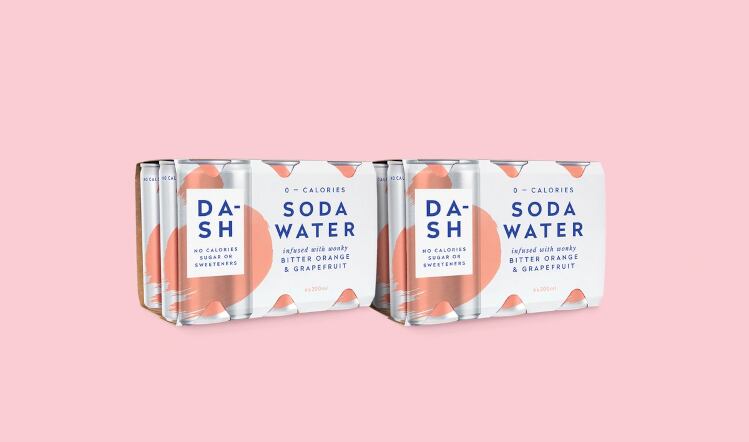While many food and drink manufacturers have already been implementing green initiatives, the UK Government, which published its Net Zero Strategy: Build Back Greener in October last year, building on aspirations for the UK to reach net zero carbon emissions by 2050, has raised the stakes for businesses.
The Food and Drink Federation has already announced the ambition on behalf of the sector to reach ‘net zero’ by 2040 and the brewing sector, through the British Beer & Pub Association, has pledged for brewers to be net zero by the same year.
There are three recognised types of emissions - Scope 1 covers direct emissions that are controlled or owned by the company, Scope 2 covers indirect emissions, such those purchased including electricity, steam, heating or cooling. The most challenging is Scope 3 which covers its value chain such as buying products from suppliers.
The journey
Inevitably manufacturers are at different points within their journey to net zero carbon emissions, with renewable energy and manufacturing plant plans leading the way for companies targeting Scope 1 and Scope 2. But what progress is the industry making in being net zero carbon and can this be achieved by the sector?
According to The Carbon Trust, leaders the food and drink sector, are starting to focus on measuring their Scope 3 emissions, which can represent up to 60 to 90% of the total value chain and represent the majority of its carbon footprint.
Laura Timlin, director of business services at the Carbon Trust, says: “While there are leaders showing the way, there remains a large amount of work still to be undertaken by some businesses who still do not fully disclose and report their organisational footprint.”
While she recognises that the industry is taking action she admits there is 'significantly more to do and the urgency to act is ever-increasing'.
One of the main challenges will be collaborating with suppliers, collecting supplier specific data and tracking the impact of efforts to reduce emissions.
Challenges
In the mission to reach net zero, the challenges can be quite different depending on the company.
Timlin highlights that packaging for beverage companies represents a far higher carbon impact than it will for some food companies, where the majority of the impact is still on farm.
“One of the main challenges will be collaborating with suppliers, collecting supplier specific data and tracking the impact of efforts to reduce emissions,” she adds.
“Another significant challenge is the financing of reduction efforts in the supply chain. Who takes on responsibility here - the retailer, the food and beverage company, the farmer? And what role will the public sector take to incentivise changes?”
Interim targets
In the short term, she argues companies need to set and achieve interim targets on the way to their longer-term net zero goal to ensure that they are on the right trajectory.
“Some will have made progress, some may not have yet," she adds. "Collaboration across the supply chain will be key to tackling this challenge.”
Charlotte Challis, principal carbon consultant at Anthesis Group, the sustainability consultants, agrees that there is still more work needed in food and drink.
She says: “It's fair to say that the food and drink sector should have made greater impact than they have already, especially in comparison to other industries who are leading the way.”
Scope 3
She agrees the biggest challenge to achieve net zero carbon emissions will be Scope 3 but believes this is achievable.
“Net zero carbon emissions is within reach of the food and drink industry; however, it requires a non-marginal change: investment in production processes, engagement with suppliers, and for some products such as dairy, which have a large Scope 3 impact,” Challis confirms.
“We need innovations and investments that have the ability to deliver transformational gains in sustainable performance at the scale and pace required.”
This is a view Wai-Chan Chan, managing director of the Consumer Goods Forum supports. He says it's vital there's better agricultural production, better operations, and transparent measurement and reporting.
Large-scale businesses
“Of course, getting large-scale businesses with hundreds of thousands of employees to net zero emissions cannot happen overnight,” Chan says.
“But if businesses fail to take meaningful action, they will get left behind. Consumers, employees, investors and partners are rewarding those businesses who do the right thing.
"For food brands, this means driving greener and healthier behaviours while minimising environmental impact; for example, by moving sustainable diets to the mainstream, or changing perceptions of what fruit and veg should look like to reduce food waste.”
What progress are major food and drink manufacturers having in getting to net zero carbon emissions?
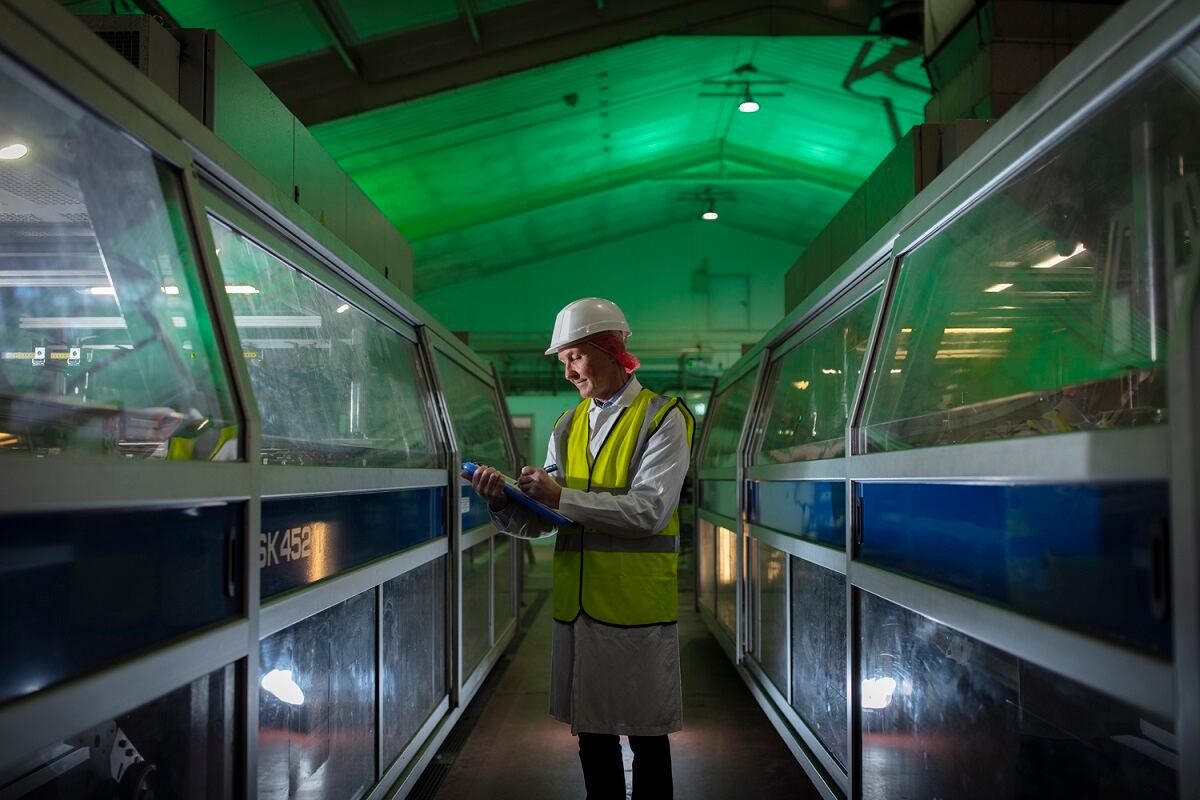
Greencore
One company leading the way is convenience food producer Greencore. It has already taken action in reducing Scope 1 and 2 emissions with actions such as using renewable energy, site manufacturing energy efficiency plans and building sustainability considerations into capital expenditure.
Andy Wright, head of sustainability at Greencore, says tackling the issue of carbon emissions is going to be 'the hardest challenge we will face in our careers, even COVID'.
He points out that one of the major challenges for any business is to calculate the footprint of emissions under Scope 3 which is 'not the easiest thing to do' as there are multiple activities to consider.
Carbon footprint
When Greencore analysed its carbon footprint it found 94% was within Scope 3. In response it has set externally verified science-based targets, from the The Science Based Target Initiative.
This year Greencore has started to working to understand its hotspots and engage and learn how to work with suppliers.
“I am much more carrot than stick," says Wright. "We have got great suppliers and the challenge is trying to take people with you on the journey. We have some suppliers who are brilliant at this already and some that are really willing to learn, and different businesses are at different stages.”
Greencore is also starting to think about how it supports its product development teams with the data and insight they need in order to support decision making. There's also the challenge to quantify this in financial terms and risk with climate change becoming more commonplace.
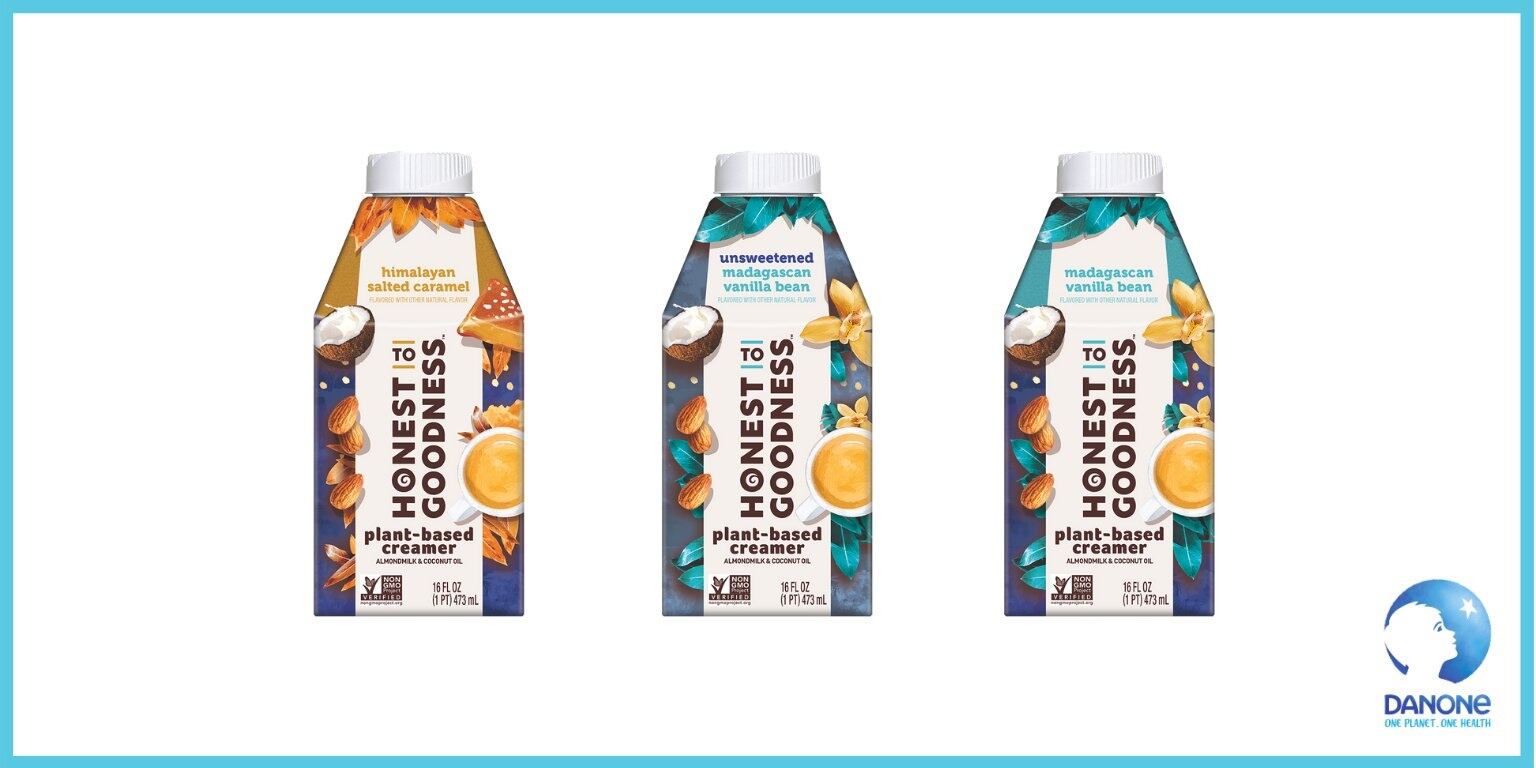
Danone UK
Meanwhile, Danone UK is already working towards net zero carbon emissions by 2050 from farm to the end of the life of its products. It is also using the Science Based Targets initiative to define its actions around forests, land and agriculture.
Rebecca Lovelady, sustainability & social innovation manager at Danone UK & Ireland, says it has committed to robust climate action and helping to transform the food system. But Danone supports more actions from Government.
“While voluntary action from the private sector is paramount, we strongly believe in the need for robust public policy that can accelerate action and innovation, drive accountability and create a level playing field across all economic sectors,” she says.
Emissions
Since 2015 Danone has reduced greenhouse gas (GHG) emissions on scopes 1 and 2 by 38% and reduced GHG emission intensity by 24.5%. It has been focusing on a range of actions to cut its emissions including producing more plant-based products; sourcing key ingredients from regenerative agriculture; eliminating deforestation from the supply chain such as signing the UK Soy Manifesto in 2021 and decarbonising operations.
“We are also supporting the global effort to decarbonise dairy farming and reduce methane emissions from livestock – within our supply chain and beyond," Lovelady says.
"For example, our three-year collaboration with dairy producers FrieslandCampina has led to a 17% reduction in GHG emissions.”
Upfield
While Danone works with dairy producers to lower their emissions as well as including plant-based NPD, Upfield is pursuing a fully plant-based strategy.
Sam Thomas, head of category, Upfield UK&I, says: "Upfield are committed to supporting the transition of the global food system, innovating, and investing in plant-based foods that will support people in adoption of a plant-based diet. A goal for our business by 2030 is to be carbon neutral and reduce our total footprint by 25%, then become better than net zero by 2050. By 2030, all of our new containers will be plastic replacements which will be reusable, recyclable or certified compostable."
Thomas claims that making small changes, such as switching from dairy butter to plant-based spreads, makes a huge difference. "In the UK, Upfield plant-based margarines and spreads have a 70% lower climate impact, occupy 58% less land and use 35% less water than the same amount of dairy butter [Based on a life cycle assessment in 2018 by Quantis]."
"Consumers that switched from dairy to plant-based, avoided more than 6m tonnes of CO2 globally by choosing Upfield plant-based spreads in 2020."
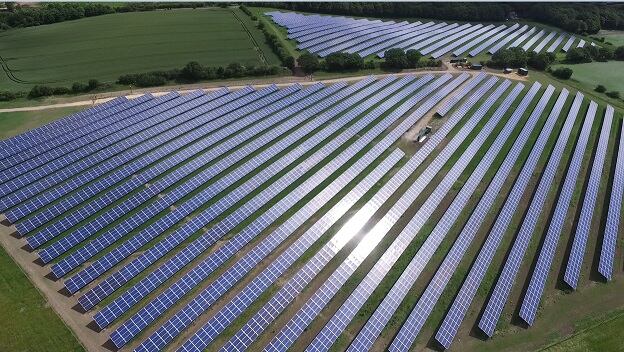
Coca-Cola Europacific Partners
Coca-Cola Europacific Partners (CCEP) also supports working in partnership with suppliers. In 2020 it made its own pledge to become a net zero business by 2040 across Scope 1-3 emissions.
At CCEP, 90% of its overall carbon output is Scope 3 emissions but it is taking a 'shared approach' to help its suppliers to implement measures that will reduce their emissions.
The company says it knows the way its products are delivered and sold along with the impact of used packaging are all impacting its value chain emissions.
Collaboration
“That’s why we want to collaborate with our suppliers to tackle this shared problem to reduce our Scope 3 emissions, where our biggest impacts occur," says Sam Jones, head of climate and sustainability at CCEP.
"We’re aiming to reduce emissions by 30% across our entire value chain by 2030."
“As part of this, we’ve set targets for 150 of our largest strategic suppliers across all five areas of our value chain – ingredients, packaging, operations, transportation and refrigeration – which includes a requirement for them to set their own science-based targets by 2023.”
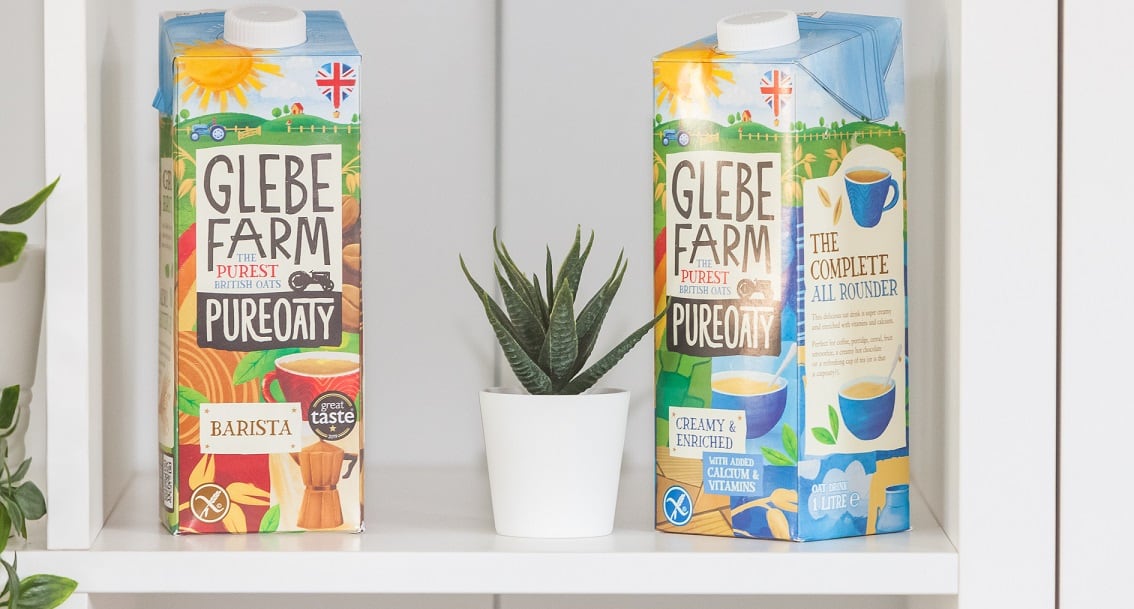
Glebe Farm
Glebe Farm, the alternative 'milk' producer, is also looking to cut its own energy footprint but admits that net zero is a 'huge ambition' for the industry.
Glebe Farm has the advantage of having its own land where it produces between 10% to 20% of its own electricity from solar and up to 100% of its heat from biomass steam. It is currently installing a 1,000 kW biomass steam boiler to use the oat chaff from its oat mill, which when operational will in the next two months, this will cut the equivalent of 1,700 tonnes of CO2 emissions a year.
Co-owner of Glebe Farm, Phillip Rayner, says: “In addition, we are in the process of investing in a new plant, where we will prioritise efficiency as a key criteria, including minimising power usage with the machines we purchase. With this in mind, we also intend to expand our solar power generation with up to 250kW of roof mounted panels.”
It's not just about the impact on the levels of carbon emissions. For many manufacturers, being net zero carbon makes good business sense.
Dash
Dash, the sparkling water company which uses wonky fruit and vegetables in its products, prides itself on its brand credentials of being a sustainable business. Like many others it is working towards net zero carbon emissions with plans to be carbon neutral by June 2022 and net zero by 2023.
Co-owner Jack Scott admits that Scope 3 is a big challenge for the industry.
“It's hard because you have got to want to do it and there is always more that can be done,” he argues.
Outsourcing
The company, which outsources its production, is working closely with manufacturers and its can producer to target its carbon footprint. Scott says it is important that the manufacturers and suppliers are meeting its own brand credentials.
“We want to work with manufacturers who are progressive and sustainability is top of their agenda as well,” he adds.
There's no doubt the industry is facing some major challenges in becoming net zero on its carbon emissions. While the bigger producers are leading the way in cutting emissions and moving to net zero carbon emissions before the Government date of 2050 the smaller suppliers are following behind. But there's optimism that this can be achieved.
As Wright from Greencore says: “I try not to use the challenge but the opportunity. It's not something we should be doom and gloom about. It's not about doing what's possible but it is about doing what is necessary. We have got to get into this mindset and we have to think differently.”

